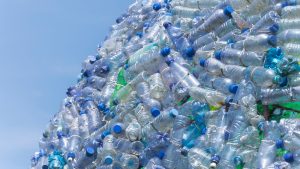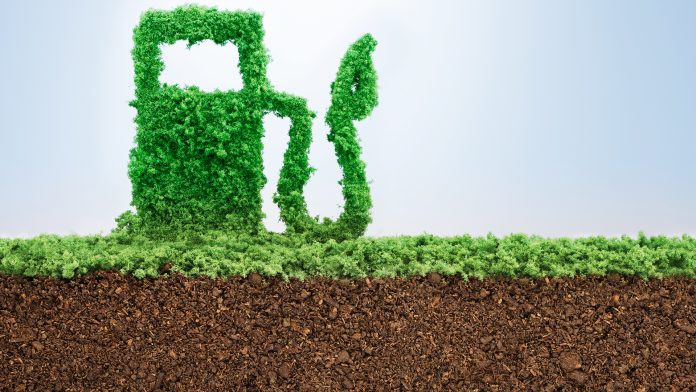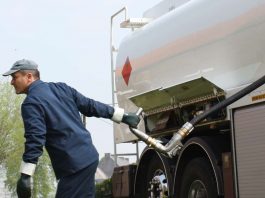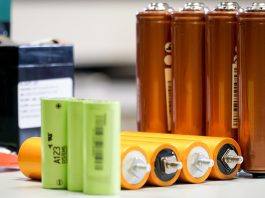Researchers have demonstrated how captured carbon dioxide and plastic waste can be converted into sustainable fuels.
The researchers from the University of Cambridge have developed a solar-powered reactor that converts captured carbon dioxide and plastic waste into sustainable fuels and other valuable products.
In tests, carbon dioxide was converted into syngas, a key building block for sustainable liquid fuels. Plastic bottles were converted into glycolic acid – used in the cosmetics industry.
The team took carbon dioxide from real-world sources, such as industrial exhausts or the air. The researchers were then able to capture and concentrate the carbon dioxide and convert it into sustainable fuel.
The results from the study, ‘Integrated Capture and Solar-driven Utilization of CO2 from Flue Gas and Air,’ demonstrate an important step toward the production of clean fuels to power the economy. The method does not require destructive oil or gas extraction.
However, improvements in the technology are needed before it can be rolled out at an industrial scale.
The new process was inspired by photosynthesis
For many years, Professor Erwin Reisner’s research group has been developing sustainable fuels inspired by photosynthesis. This process occurs when plants convert sunlight into food.
The team used artificial leaves to convert carbon dioxide and water into fuels using just the power of the Sun.
Experiments driven by solar power previously used pure carbon dioxide from a cylinder. For practical use, however, it needs to be able to capture carbon dioxide from industrial processes or from the air.
However, as carbon dioxide is just one of the many types of molecules in the air we breathe, making the technology selective enough to convert diluted carbon dioxide is a major challenge.
“We’re not just interested in decarbonisation, but de-fossilisation – we need to completely eliminate fossil fuels in order to create a truly circular economy,” said Reisner.
“In the medium term, this technology could help reduce carbon emissions by capturing them from industry and turning them into something useful, but ultimately, we need to cut fossil fuels out of the equation entirely and capture CO2 from the air.”

Utilising carbon capture and storage to create sustainable fuels
The researchers were also inspired by carbon capture and storage. This is where carbon dioxide is captured and then pumped and stored underground.
“CCS is a technology that’s popular with the fossil fuel industry as a way to reduce carbon emissions while continuing oil and gas exploration,” said Reisner.
“But if instead of carbon capture and storage, we had carbon capture and utilisation, we could make something useful from CO2 instead of burying it underground, with unknown long-term consequences, and eliminate the use of fossil fuels.”
Their solar-driven technology was adapted so that it works with flue gas or the air.
The team bubbled air through the system containing an alkaline solution, selectively trapping the carbon dioxide. The other gases present in the air, like oxygen and nitrogen, harmlessly bubble out.
The bubbling process allows the researchers to concentrate the CO2 from the air in the solution. This makes it easier to work with.
Adding plastic waste to the system
The system contains a photocathode and an anode. The integrated system has two compartments, one side capturing carbon dioxide solution that gets converted into syngas. The other compartment is where the other plastics are converted into useful chemicals using only sunlight.

“The plastic component is an important trick to this system,” said co-first author Dr Motiar Rahaman. “Capturing and using CO2 from the air makes the chemistry more difficult. But, if we add plastic waste to the system, the plastic donates electrons to the CO2. The plastic breaks down to glycolic acid, which is widely used in the cosmetics industry, and the CO2 is converted into syngas, which is a simple fuel.”
“This solar-powered system takes two harmful waste products – plastic and carbon emissions – and converts them into something truly useful,” said co-first author Dr Sayan Kar.
“Instead of storing CO2 underground, like in CCS, we can capture it from the air and make clean fuel from it,” said Rahaman. “This way, we can cut out the fossil fuel industry from the process of fuel production, which can hopefully help us avoid climate destruction.”
“The fact that we can effectively take CO2 from air and make something useful from it is special,” said Kar. “It’s satisfying to see that we can actually do it using only sunlight.”
Coupling direct air capture with carbon dioxide utilisation
Now, the team are working on a bench-top demonstrator device with improved efficiency and practicality.
This will highlight the benefits of coupling direct air capture with carbon dioxide utilisation as a path to a clean energy future.









